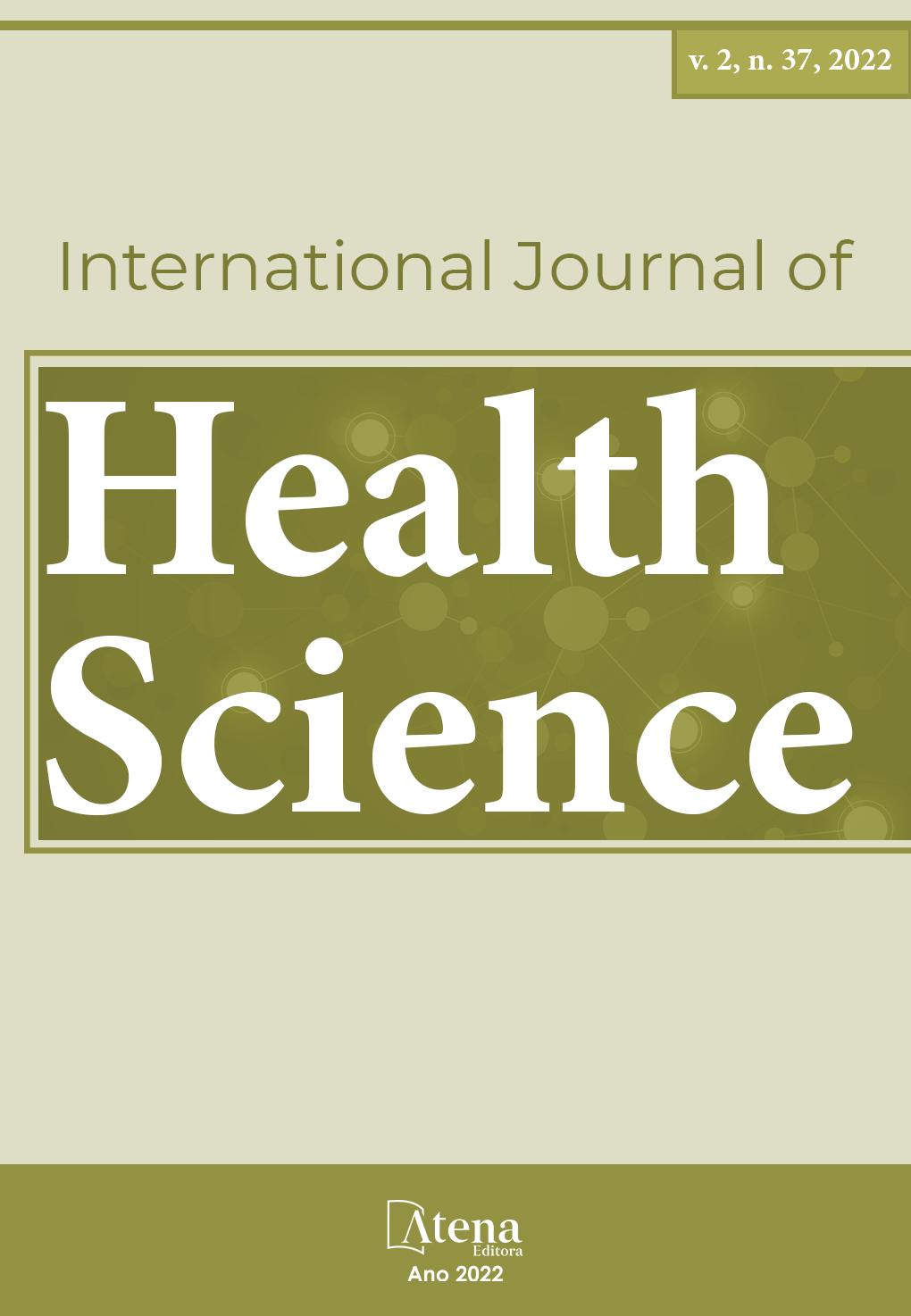
Colchicine in atherosclerotic coronary artery disease: new challenges for an old drug
The aim of this review was to summarize current data that support the efficacy and safety of colchicine therapy in atherosclerotic cardiovascular disease. Vascular inflammation plays a central role in coronary atherosclerosis, and the anti-inflammatory action of colchicine in low doses (0.5 mg per day) has a recognized effect on reducing ischemic events. We conducted a bibliographic review that included free access publications from the PubMed platform, using the descriptors "colchicine" and "coronary disease". There were included meta-analysis studies, randomized controlled trials, reviews and systematic reviews between 2018 and 2022. Colchicine has important actions in the interruption of cellular inflammatory activities, as it binds to free tubulin dimers, preventing elongation of the microtubule, and interferes with intracellular protein trafficking, secretion, and ionic organization of homeostasis. It also impairs neutrophils recruitment, inhibits nuclear factor-kappa B (NF- κ B) signaling and affects inflammatory receptor protein 3 (NLPR3) activation, leading to the suppression of interleukins 1 β , 18 and 6 release. Gastrointestinal intolerance limits its use in 10% of patients approximately. Attention is needed for drug interactions with CYP3A4 and p-glycoprotein inhibitors/competitors. Its use in acute and chronic coronary syndromes and in coronary angioplasty procedures have been studied in several trials, showing promising results. However, an increase in cases of non-cardiovascular death in patients treated with colchicine was observed in a meta-analysis study, in comparison with placebo or standard therapy. Thus, it is imperative to identify those who will adapt or be harmed by colchicine treatment. In conclusion, coronary arteriopathy is the leading cause of mortality in the world, it justifies the research of low-cost agents that can minimize the impact of this pathology.
Colchicine in atherosclerotic coronary artery disease: new challenges for an old drug
-
DOI: 10.22533/at.ed.1592372212078
-
Palavras-chave: Colchicine , coronarydisease , review
-
Keywords: Colchicine , coronarydisease , review
-
Abstract:
The aim of this review was to summarize current data that support the efficacy and safety of colchicine therapy in atherosclerotic cardiovascular disease. Vascular inflammation plays a central role in coronary atherosclerosis, and the anti-inflammatory action of colchicine in low doses (0.5 mg per day) has a recognized effect on reducing ischemic events. We conducted a bibliographic review that included free access publications from the PubMed platform, using the descriptors "colchicine" and "coronary disease". There were included meta-analysis studies, randomized controlled trials, reviews and systematic reviews between 2018 and 2022. Colchicine has important actions in the interruption of cellular inflammatory activities, as it binds to free tubulin dimers, preventing elongation of the microtubule, and interferes with intracellular protein trafficking, secretion, and ionic organization of homeostasis. It also impairs neutrophils recruitment, inhibits nuclear factor-kappa B (NF- κ B) signaling and affects inflammatory receptor protein 3 (NLPR3) activation, leading to the suppression of interleukins 1 β , 18 and 6 release. Gastrointestinal intolerance limits its use in 10% of patients approximately. Attention is needed for drug interactions with CYP3A4 and p-glycoprotein inhibitors/competitors. Its use in acute and chronic coronary syndromes and in coronary angioplasty procedures have been studied in several trials, showing promising results. However, an increase in cases of non-cardiovascular death in patients treated with colchicine was observed in a meta-analysis study, in comparison with placebo or standard therapy. Thus, it is imperative to identify those who will adapt or be harmed by colchicine treatment. In conclusion, coronary arteriopathy is the leading cause of mortality in the world, it justifies the research of low-cost agents that can minimize the impact of this pathology.
-
Número de páginas: 15
- Antônio Alves do Couto
- José Marcos Girardi


